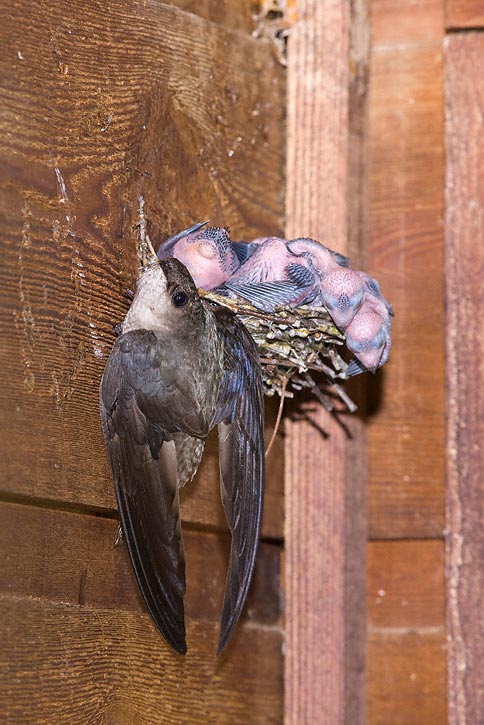

History of the Chimney SwiftĬhimney swifts live mainly in the eastern United States. These little birds spend most of their lives in flight, and when they land, they can’t perch but cling to the inside of hollow trees or sometimes the inside of your chimneys. It’s very likely that it is a chimney swift. However, if you notice a gray smudge in the sky, looking a bit cigar-shaped. Click here to learn more about what you can do to help protect our 2016 Bird of the Year.Spring is a wonderful time to bird watch as birds start to come out. There’s so much you can do to help Swifts thrive in your home and community. Knowing where they roost will help us to protect these precious sites and keep track of how they are doing. When you see Chimney Swifts entering a chimney, please share your observations through eBird.

Starting in April and continuing through October, you have a good chance of hearing their distinctive chittering calls and seeing them fly overhead all day long. You also might ask the sweep to cap your chimney in November during the months you are likely to use it and uncap it in mid-March before swifts arrive.Ĭhimney Swifts start to arrive in North Carolina from their South American wintering grounds in late March, and they’ll nest in chimneys from May to August. Late winter – before the swifts arrive in late March – is the best time for the annual cleaning, which removes creosote buildup. Metal-lined chimneys are slippery and should always be capped to prevent swifts and other wildlife from entering and becoming trapped at the bottom of the chimney.Ĭhimney Swifts stick small twigs to the chimney with their saliva, gluing the nest to the chimney wall.Īn annual cleaning, by a certified chimney sweep, will ensure that your chimney is healthy for swifts and after the swifts are gone, safe for use. Suitable chimneys are rough inside: stone, firebrick, or masonry flue tiles with mortared joints. Less than one-third of school chimneys identified 15 years ago are still suitable for swifts today. Research by the Wake Audubon Society chapter indicates that chimneys suitable for Chimney Swifts are disappearing – either being capped or removed altogether – at a fast rate in North Carolina. That means a lot of chimneys are needed to help this bird raise its young so that the species decline can be reversed. Thousands of swifts may share a chimney for roosting and resting during fall migration, but during breeding season, each pair needs its own chimney. For the past 200 years or so, as those trees became scarce, swifts have adapted to building their nests in chimneys and buildings instead. Historically, Chimney Swifts built their nests in large hollow trees. If you have an older chimney, you can easily provide these urban-dwellers with a bird-friendly home. The number of swifts has dropped by half since the 1960s, and this once common bird is currently listed as “near-threatened”. Find out how taking simple steps to make your chimney bird-friendly will help replace disappearing nesting and roosting sites for our 2016 Bird of the Year.Ĭhimney Swifts need our help.

Every chimney makes a difference to helping the Chimney Swift.


 0 kommentar(er)
0 kommentar(er)
